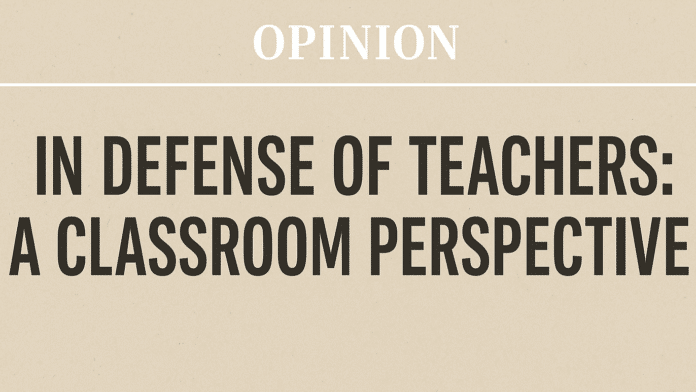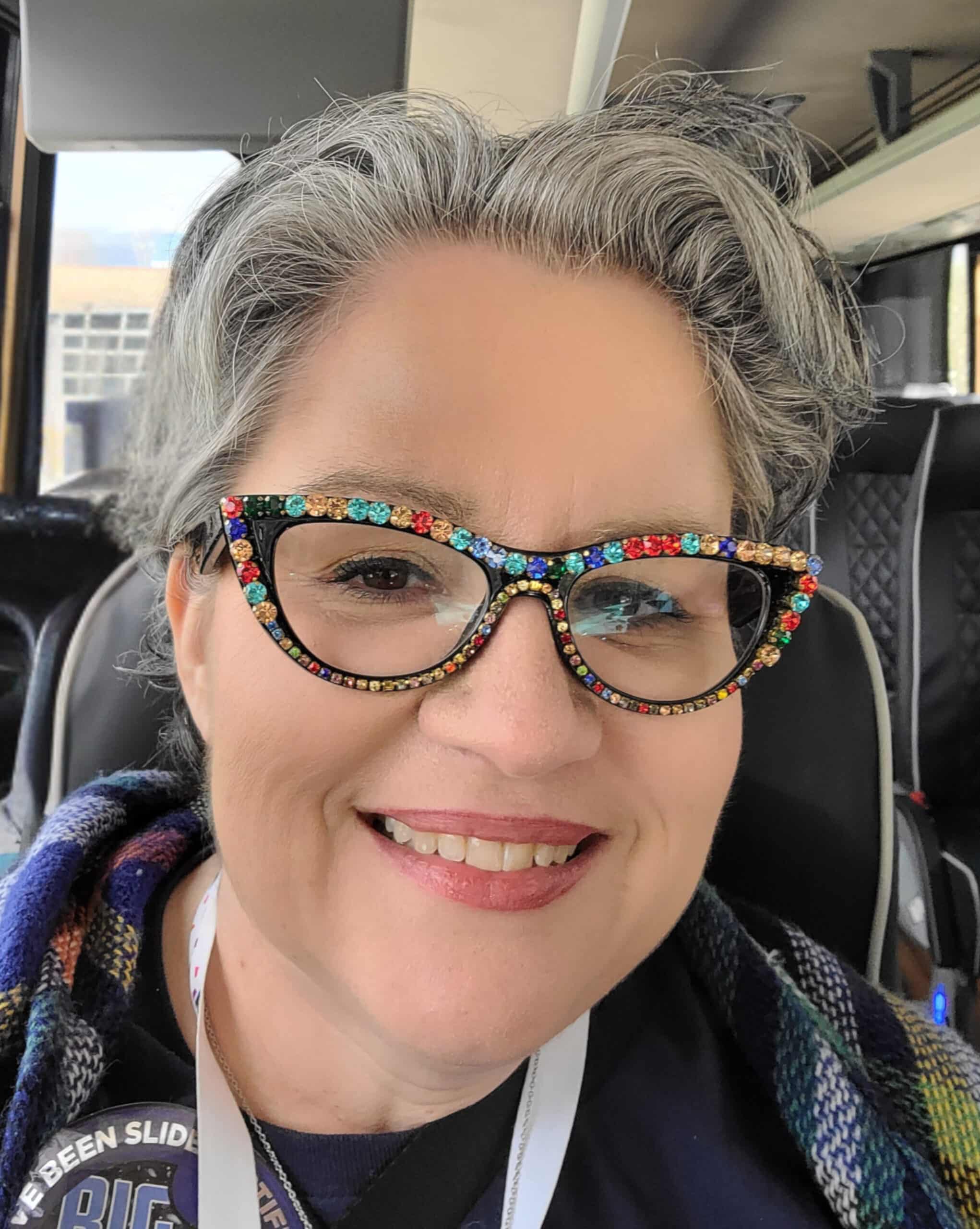By: Jeanette Daly
In response to recent discussions about teachers assaulting students, I felt it necessary to explain what happens in many classrooms. I’ll start by stating clearly: I do not condone hurting students in any way, nor would I ever purposely hurt a child. But after reading This Is Topeka’s article, Another Teacher Accused of Assaulting a Student—And Allowed to Stay in the Classroom?, I felt compelled to share another side of the story.
I have been teaching for twenty years. In that time, education has changed dramatically. When I began, behavior issues were relatively infrequent and typically limited to a few students. Today, that is no longer the case. Where we once might have had one or two students with ADHD, we now often have a majority of the class managing challenges such as ADHD, emotional disorders, anger issues, and/or trauma. Factor in poverty, and the numbers climb even higher.
What does this mean for classrooms and teachers? Most people don’t know what actually happens inside a classroom. We don’t sit at our desks watching students read. We’re constantly moving, monitoring, managing learning, engagement, and behavior. We spend hours planning, prepping, and adjusting lessons to accommodate every student—from non-readers to academically gifted students. We work hard to make learning fun and interactive, using techniques like peer collaboration and flexible seating. Students don’t always sit quietly and neatly. Many fidget, move, interrupt, throw things, and even touch others inappropriately. And this is in a typical classroom like mine.
Most teachers give their whole hearts to their students. We act as counselors, nurses, coaches, detectives, mothers, and fathers. Sometimes, we give more to the children in our classrooms than to our own families. We teach, mediate, listen, problem-solve, and support. We tie shoes and wipe noses. We spend our own money on classroom supplies, decorations, snacks, games, clothing, and even food. And we do it out of genuine love for our students. Like in any profession, there are a few bad actors, but the vast majority of teachers are dedicated, compassionate professionals who carry their students in their hearts long after they leave the classroom.
But now let’s talk about another reality. There are classrooms where teachers are being physically assaulted—by children as young as kindergarten. It’s hard to imagine the damage a five-year-old can cause, but it happens. I know teachers who’ve gone home with bruises and bite marks. Rooms have been destroyed. Students are sometimes evacuated to other classrooms. Teachers often cannot physically stop these behaviors. All we can do is try to redirect or remove dangerous objects. I’ve personally been knocked down multiple times, had shoes thrown at my face, and had students attempt to destroy my room. How many adults would accept going to work under those conditions?
Which brings me to the science. The amygdala controls the fight, flight, or freeze response. Under stress, especially when physically attacked, even trained adults can react reflexively. I’m not a neuroscientist, but I understand that being under attack can trigger an automatic, human reaction.
In the recent story involving a Shawnee Heights teacher, it was reported that the student was hitting and kicking the teacher. According to KSNT, the teacher immediately apologized after reacting. It was not the right response—but it was a human one. One moment should not define an entire career. This teacher was not “walking around slapping students.” People have rushed to judgment without knowing the full story. From what I’ve heard, this student had a history of violence, including threatening a pregnant teacher with scissors the year before. Does that shift the perspective?
Critics are upset that the teacher is finishing out the school year. But let’s examine the context: (1) This was a one-time incident; (2) the student was moved to another class, with one of the best teachers I’ve ever worked with; and (3) we are experiencing a severe teacher shortage. Replacing a veteran teacher midyear is not easy. I should add that I do not personally know this teacher, but I do know people connected to her.
In This Is Topeka’s article, they ask, “Who is protecting our children?” I would respond: We are. Teachers are the ones who show up every day, sometimes at great personal cost. We are the ones protecting children—sometimes even with our lives, as school shootings have tragically shown. This Is Topeka mentioned incidents at Topeka West and Meadows. I’m not aware of those specific cases. The teacher community tends to be quick to share serious news, so it surprises me that they’re not widely known. I’m not saying they didn’t happen—only that most teachers are not complicit in cover-ups. If there is a lack of transparency, it’s happening at higher administrative levels, not in classrooms. Please don’t blame teachers.
We also live in fear of false accusations—something that deserves its own separate discussion. If a parent feels their child is being mistreated and the administration isn’t listening, there are ways to escalate: to the district, the school board, DCF, or law enforcement.
In conclusion: talk to a teacher. Volunteer in a school. Be present before casting judgment. Please do not generalize or assume that all teachers are hurting students. Many of us are fiercely protective—like mother bears—and are working long hours with very little recognition, respect, or pay. We don’t need awards to do our jobs. But we do ask for fairness and understanding.
Editor’s Note:
This op-ed has been lightly edited for grammar, spelling, clarity, and structure. Paragraphs were reorganized in some places for readability, and minor wording adjustments were made to improve flow and tone. No substantive changes were made to the author’s original message, views, or intent. The article reflects the opinion and lived experience of the educator who submitted it.





